Okay, so you have the role of the second shooter.
Let us start by saying that this is actually the best role in the team (besides being the drone operator, for which we also have some useful tips). Unlike the first shooter, who needs to be focused on all the important situations and just keep rolling, you are the shooter that has the creative part in charge.
Therefore, we present to you 5 useful tips for shooting wedding videos as a second shooter. These tips will help with both your creativity and overall team effectiveness, so, let’s begin.
#1 – Be the First Shooter’s First Assistant
Since you are the second shooter, you will have more free time than the first shooter. Therefore, to boost the effectiveness of your team, you should assist the first shooter as much as you can. This way, he/she will be able to focus solely on shooting, while you, for example, take care of transporting the complete gear to the next shooting location.
Another important thing you should keep in mind as a second shooter is the wedding timeline (you can get a better idea of how this works, here). The first shooter focuses on filming. So, he/she can’t think about things like what’s next on the schedule. He has you for thinking about that.
#2 – Be as Creative as You Can!
To get the most out of each wedding, you and your business partner need to think like “First shooter and second shooter”. The first shooter is in charge of filming almost everything during the wedding.
On the other hand, you as the second shooter, are there to get those creative shots. Instead of following the first shooter and doing everything exactly the same. You need to anticipate what and how the first shooter will shoot so that your shots become the artistic addition to the movie.
Try getting as many unique angles as possible, and you don’t actually have to focus on the main action all the time. The first shooter will get that. You can add another perspective to the wedding and, for example, film reactions of guests, or other things that cannot be seen from the main perspective.
#3 – Make Sure You Have Transition Shots
Transitional shots are very important when you get to the editing stage. They don’t allow the final version of the movie to feel too “in the box”. Instead of having big events of the wedding lining up without some interesting moments in between, use transitional shots to give the film a structure, and add a more cinematic look.
Here are some the wedding transition shot examples:
- Bridesmaids leaving the bridal suite and going in the limo.
- Groomsmen hanging out and toasting to the groom.
- Arriving of the guests before the ceremony and taking their seats.
- Prep shots for the next location in the wedding timeline (various shots and angles of the following location).
- Cocktail hour and guests talking to each other.
#4 – Focus on the Story
If you are to cover the entire wedding day, you and your first shooter need to have the whole day story in your heads.
So, you already know that the first shooter will cover all the action. What do you need to do?
Try thinking outside the box and think about the shots that will enrich the overall story. For example, the bride (the same goes for when shooting the groom), is getting ready in the home she grew up in. Get as many old photos or toys as possible. Also, look for pictures of her and her soon to be husband. Try to find the ones from the time when they were still dating, and so on. You get the idea.
#5 – Think as a Video Editor
When shooting as a second shooter, you are not limited to, keeping the same frame size all the time, like the first shooter. Therefore, you can think like a video editor, and shoot in the so-called “editing mode”.
For example, when shooting while the groomsmen helping the groom set the bow-tie. There’s a trick to make it really great looking and save you time in editing later as well.
The trick is to have 3 shots in one. The same situation example. Wide shot of the groomsmen helping the groom, fast zoom to a medium shot showing their hands (from the elbows down), fast zoom to a tight shot of only their fingers and the bow-tie. Effective and time-saving!
Of course, you can experiment with this and apply to various situations. But, keep in mind that each shot should not last more than 2 seconds. Otherwise, the scene will look unnatural and pushed.
Looking for a wedding video editor?
Get a free quote within 24 hours!
Important Skills Every Wedding Videographer or Photographer Needs to Have
Looking for a wedding video editor? Get a free quote! Being amazing at your job as a wedding videographer or photographer is great but that’s not enough to make your business sustainable and successful in the long run. Soft skills and business skills are equally...
Ways to Book More Gigs as a Second Wedding Shooter
Looking for a wedding video editor? Get a free quote! Finding opportunities to work as a second wedding shooter will help you expand your portfolio and acquire much-needed experience. That’s a wonderful opportunity for beginners and for those interested in expanding...
Streamline Your Videography or Wedding Photography Business Workflow: Here’s How
Looking for a wedding video editor? Get a free quote! Running a wedding photography business or a videography business often involves handling large volumes of work on multiple projects at the same time. This specific can result in two problems – serious delays in end...
9 Important Checks Wedding Photographers and Videographers Need to Complete Before the Event
Looking for a wedding video editor? Get a free quote! Experienced wedding photographers and videographers know one thing – the day of the event is almost always chaotic. The mayhem that often ensues requires a lot of preliminary work to get organized and account for...
Time-Saving Editing Hacks for Busy Wedding Photographers
Looking for a wedding video editor? Get a free quote! Wedding photography editing is no joke. Depending on the volume of work you have to process and your client’s requirements, it can be incredibly labor-intensive. This is why many photographers struggle with...

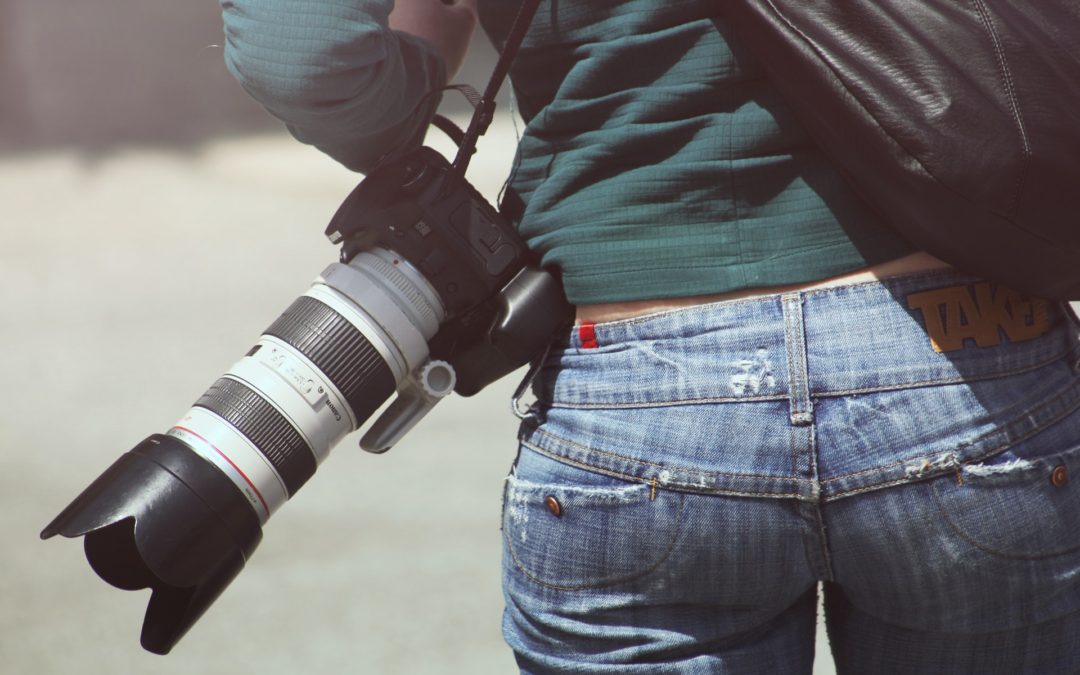
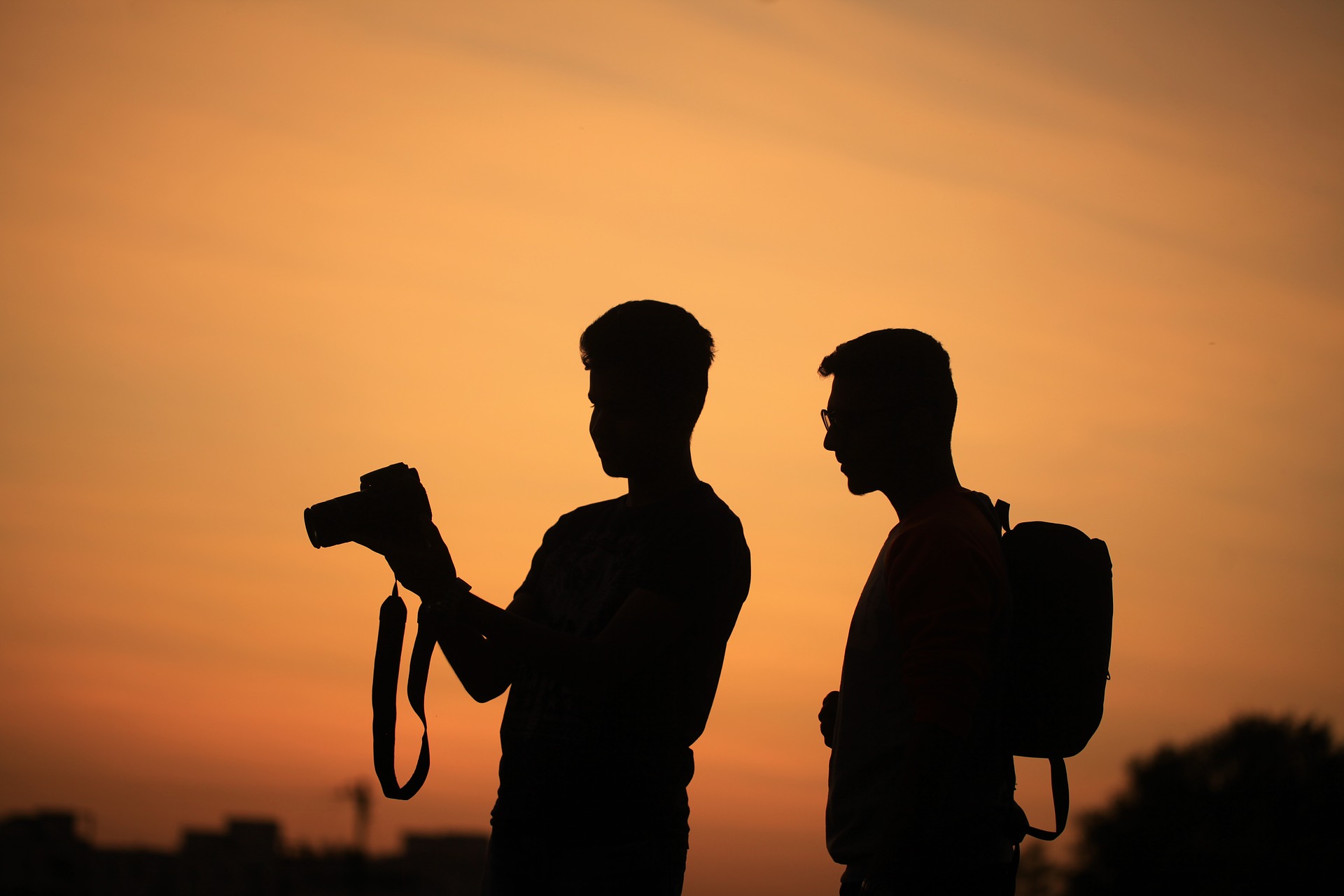
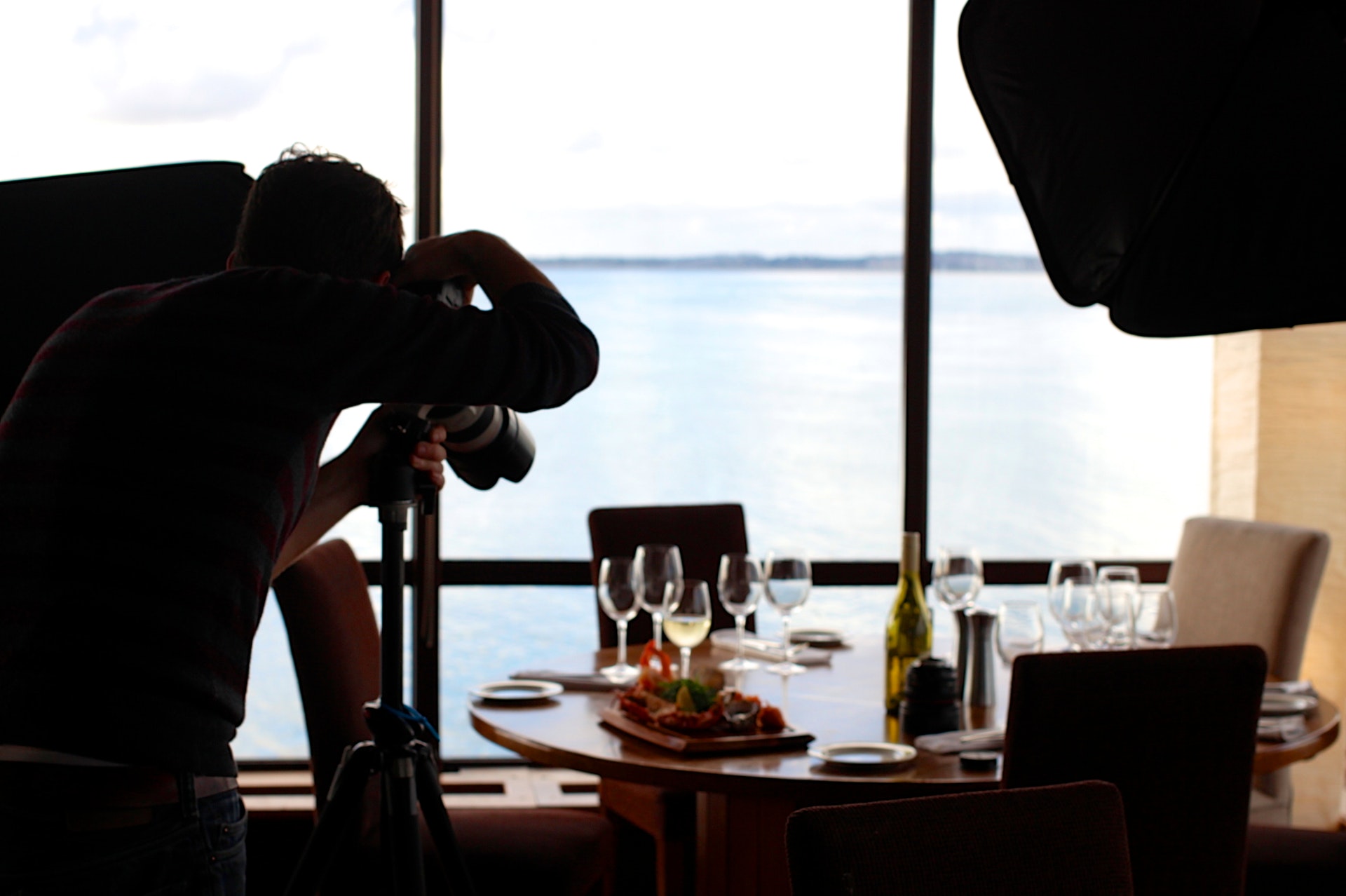
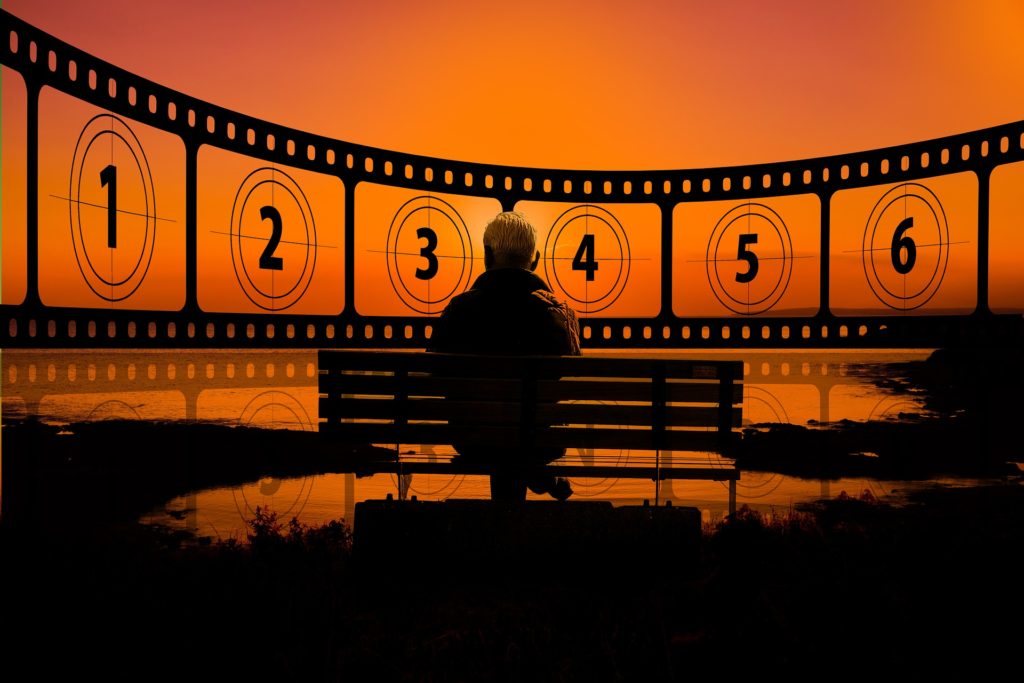
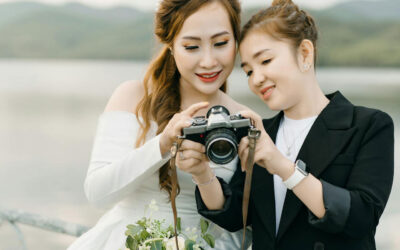
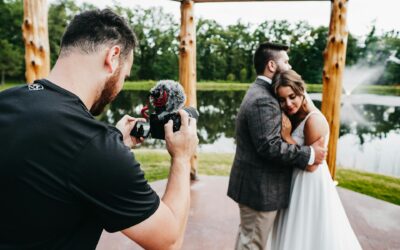



0 Comments